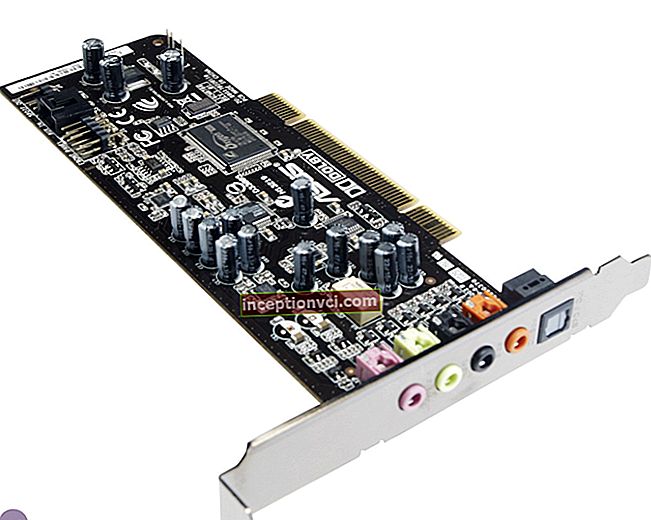The first acoustic guitar should be simpler and inexpensive. This is a temporary tool.
- Over time, you will realize that plucking the strings is not your thing.
- Or you realize that life is not sweet without a six-string girlfriend, and it's time to move to another level with a better instrument.
But it will be later. And now the task is to choose the right acoustic guitar from the budget category. I will tell you the secret of old musicians how to determine that this is your guitar.

The instrument should sound in tune with the soul
So my father taught me, his grandfather, and my grandfather - great-grandfather.
- If possible, strip down to a T-shirt or T-shirt and place the guitar with an edge to your chest - where the soul is.
- Take the sixth bass.
- Go over a few guitars. Note that each has a completely different resonance.
The sound of any guitar will echo in you, but you will not confuse YOUR echo with anything. It causes a pleasant shiver in the body. While there is an echo, you will feel the vibration. If there is no tremor, just a sound, the instrument may not be bad, but not yours. It is important that the guitar sounds in tune with the soul.

Look at the varnishing and coloring of the deck
Check for cracks, chips, scratches. Often, due to waterlogging in the rooms where guitars are stored, the instrument "leads" - details are bent. Look at the unevenness of the deck in the glare of the window.
- The top deck should be flat, without dips.
- The lower one may be slightly curved.
Look at how the bridge (string holder) is glued. Often the bridge comes off the top deck and a faint gap appears. It should not be. The stand is glued securely, otherwise, over time, the strings will be bent or tear it off.
Check the neck and tuning machine
- Run your fingers along the edge of the fret edges on the end of the neck. If the tips of the frets are scratched, then the instrument is assembled just like that.
- Rotate the tuning pegs back and forth in order to make sure they turn easily and smoothly. And most importantly - no backlash, because the gaps do not contribute to the retention of the strings. The guitar will get upset often.
Pay attention to the material from which the guitar body is made
The tops of classical and acoustic guitars are made from spruce or cedar. The sides and back are made of different species: maple, mahogany, rosewood, walnut. This determines the acoustic properties of the guitar, which is why it is so important to listen to how the instrument sounds.
- Budget guitars are made of laminate - instrumental plywood. It has two or three layers.
- More expensive guitars are made of solid wood. In these models, only the sides and back are made of laminate, while the top is made of wood. This is, of course, better. Solid wood sounding board sounds brighter, juicier, louder. Its timbre characteristics and acoustic properties are much higher than that of instrumental plywood (laminate).
You can determine what the top deck is made of by the data sheet (certificate) or by looking at the cut of the resonator hole.
- On a solid deck, thin streaks run along the top deck and are visible on the cut in the resonator hole. They go through the entire thickness of the deck.
- If you see two or three layers of wood on the cut, this is a laminate. Some manufacturers are tricky and paint over the cut of the resonator hole with putty so that it is impossible to determine that it is plywood.
Guitars with laminate tops sound quieter and less timbre. However, they have a serious advantage: such tools do not crack. When the laminate is glued, the layers overlap and do not burst in any direction.
Watch a video comparison of solid and laminate guitars using the example of the YAMAHA F310 and FG800
Which acoustic guitar is better: table
| Acoustic guitar | Features and differences | Note |
| Dreadnought | A massive tool. The neck is narrow, convex, with a built-in anchor. The head is small, made in the shape of a shovel. The stand is flat, the strings are attached with buttons (chopiks). | They play jazz, blues, rock, rock and roll with a guitar pick. |
Folk guitar (reduced dreadnought) | It has a body like a classical guitar, but with a narrow neck and metal strings. | It sounds quieter than a dreadnought, but easier to play. |
Jumbo | A very large guitar, the body is rounder compared to a dreadnought. | Most often used with accompaniment. They play blues, folk, rock. |
| Twelve-string guitar | It has 6 standard strings, but there is an additional one next to each. The first and second strings sound in unison, while the third through sixth additional strings are thinner. They represent the same notes, but one octave higher. Due to this, a gorgeous sound is obtained. | You have to clamp two strings at once. And when you put chords (for example, Re), you have to clamp not three, but six at once. |
Tip: "How to Choose a Great Sounding Speaker System"
Watch the video review of the Cort AP550 VB









